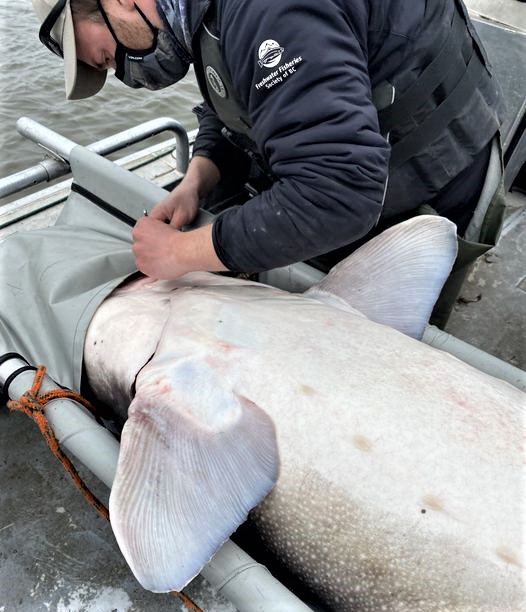

About two centuries ago, lake sturgeons were so abundant (and large) they made up an estimated 90 percent of the biomass in the Great Lakes. Drastic declineĭespite the name, lake sturgeons are also found in rivers and once roamed watersheds from the Mississippi River in the west to Hudson Bay in the east. Females can lay anywhere from two to three million eggs per season. Even then, they only spawn every four years on average. They are slow to mature and don’t begin spawning until they are 15 to 25 years old.

While males may live some 55 years, females can reach more than 150.

These freshwater behemoths are also extremely long-lived. In 2012, a female sturgeon caught on Lake Winnebago in Wisconsin measured more than seven feet three inches long and weighed 240 pounds. It’s not unusual to find one six feet long and 200 pounds. The lake sturgeon is the oldest and largest native fish species in North America’s Great Lakes. These organs, called barbels, help the fish to locate bottom-dwelling prey, such as snails, mussels, clams, crayfish, insect larvae, and fish eggs.Īlso known as the rock sturgeon, the lake sturgeon is one of 27 species of sturgeon, a family of bony fish that found around the world that first appears in the fossil record more than 200 million years ago. These freshwater giants have greenish-grey coloring and elongated, spade-like snouts with two pairs of whisker-like organs that dangle near their mouths. The lake sturgeon, with its sleek shape and rows of bony plates on its sides, looks a bit like an armored torpedo.


 0 kommentar(er)
0 kommentar(er)
